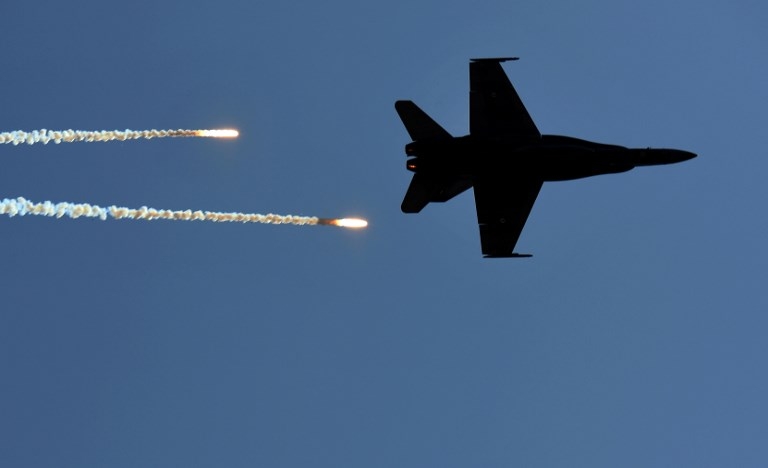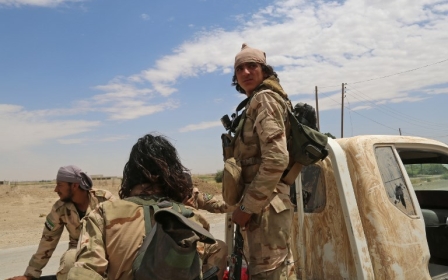Australia to resume Syrian operations after Russian threat

Australia Thursday lifted a suspension on military air missions over Syria imposed after the shooting down of a Syrian jet by US forces.
Russia, Syria's staunch ally, said on Monday it would treat US-led coalition aircraft flying west of the River Euphrates in Syria as potential targets and track them with missile systems and military aircraft, but stopped short of saying it would shoot them down.
As a result of the threat, Australia said on Tuesday it would suspend its military campaign.
On Thursday, a decision was made to resume the air strikes in Syria after an assessment of the Russian statement, although it did not say when they would begin again.
Australia defence ministry said in a statement the suspension was "a precautionary measure to allow the coalition to assess the operational risk".
"The suspension has since been lifted," it added.
The United States moved quickly to contain an escalation of the situation after the jet was downed on Sunday evening when regime forces targeted the US-backed Syrian Democratic Forces, an alliance of Arab and Kurdish fighters battling Islamic State group (IS).
A top US general said the country would work to relaunch the "deconfliction" hotline established in 2015, after Russia said Washington had failed to use the line -- a vital incident-prevention tool -- before targeting the plane near Raqa.
Australia is part of the coalition fighting the IS in Iraq and in late 2015 extended air operations into Syria, with a total of 780 defence personnel based in the Middle East.
The staunch US ally in September said it would widen the scope of targets in the air war against IS by allowing its pilots to strike jihadist support and logistics resources in Iraq and Syria.
Australia's Air Task Group consists of 300 personnel, six F/A-18 Hornets, an E-7A Wedgetail Airborne Early Warning and Control aircraft, and a KC-30A Multi-Role Tanker and Transport plane.
Middle East Eye propose une couverture et une analyse indépendantes et incomparables du Moyen-Orient, de l’Afrique du Nord et d’autres régions du monde. Pour en savoir plus sur la reprise de ce contenu et les frais qui s’appliquent, veuillez remplir ce formulaire [en anglais]. Pour en savoir plus sur MEE, cliquez ici [en anglais].




